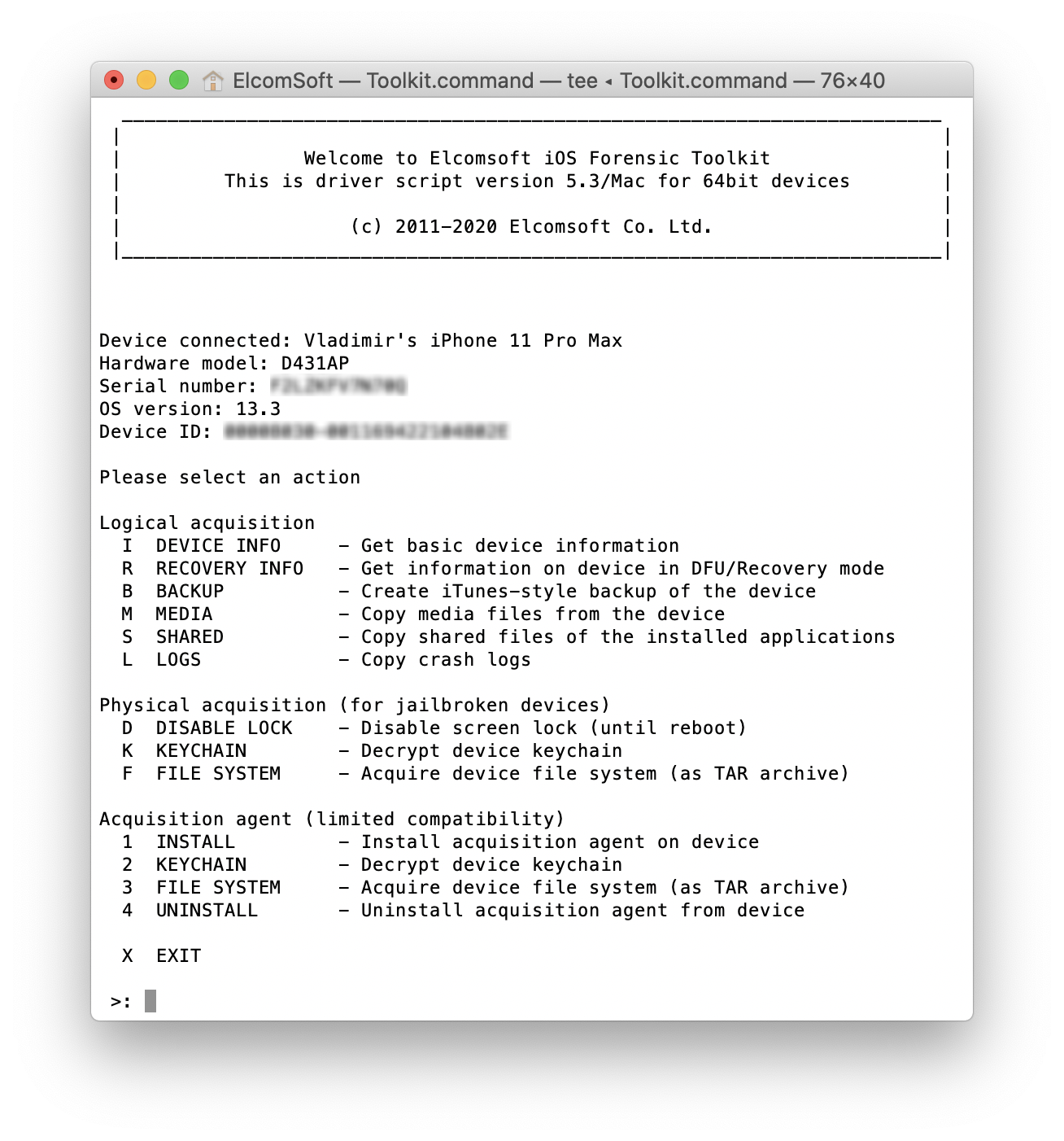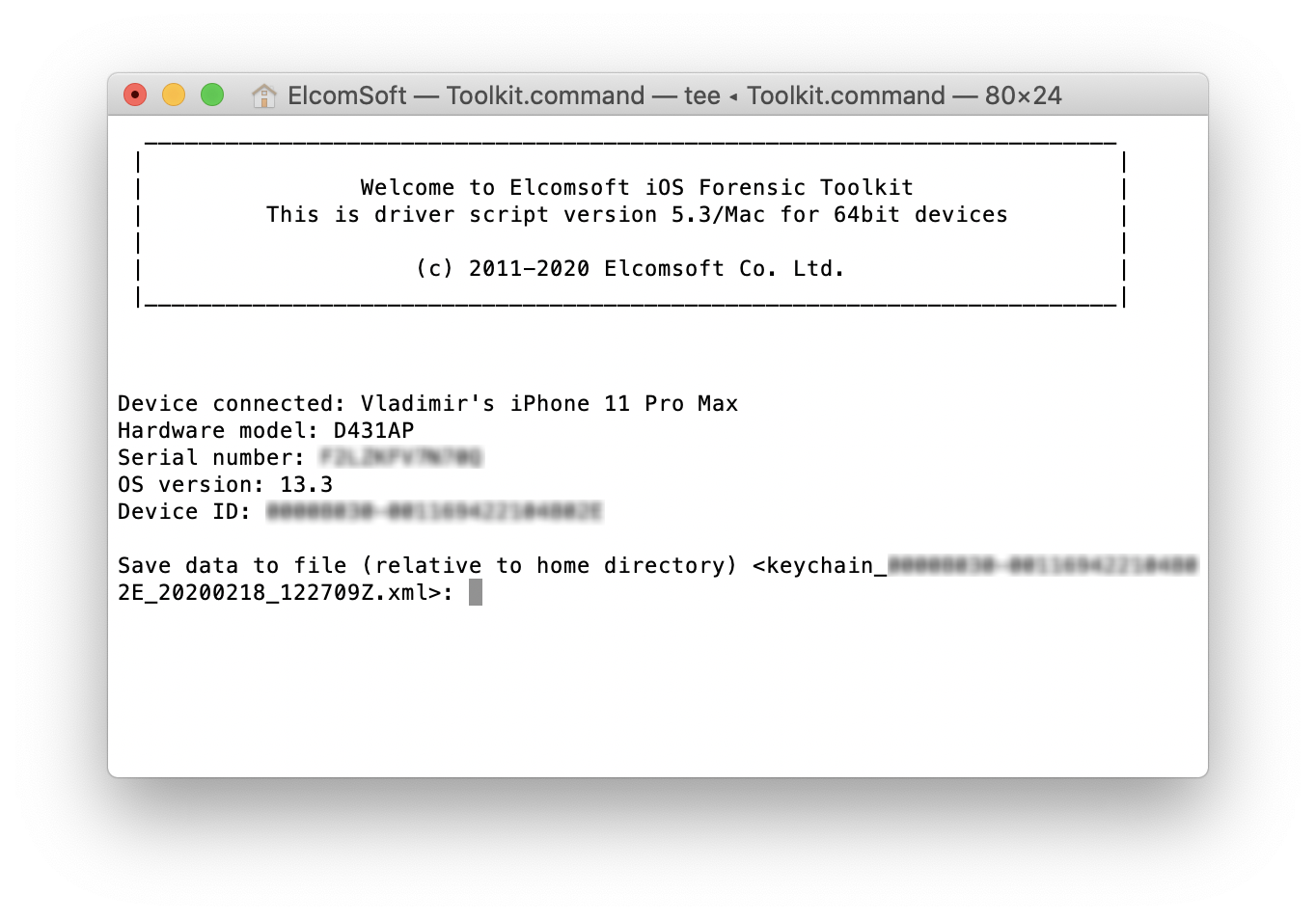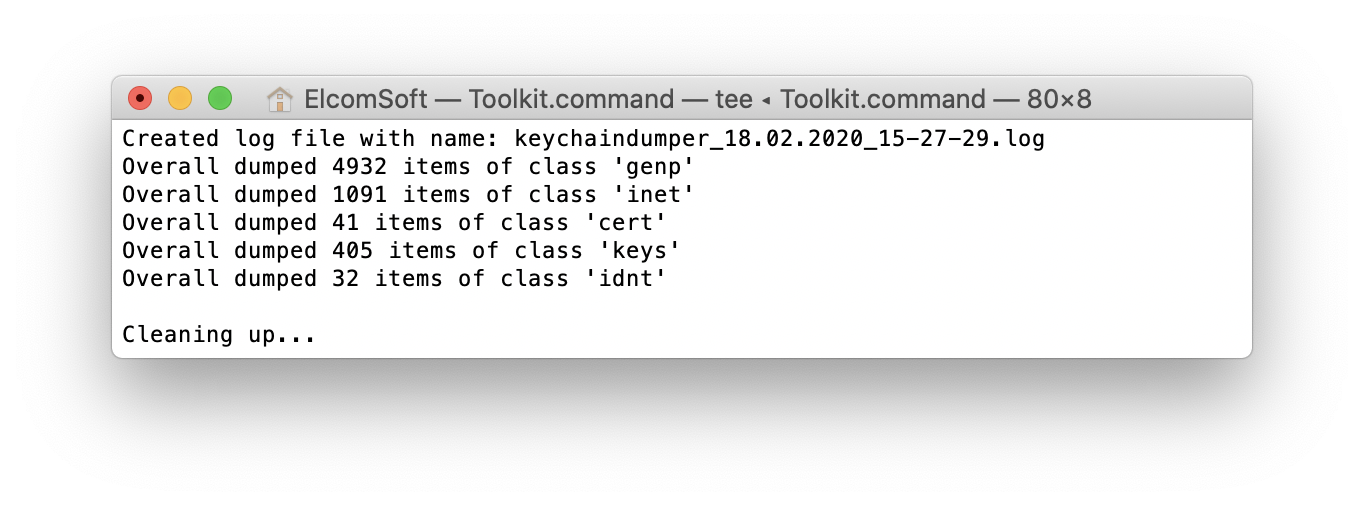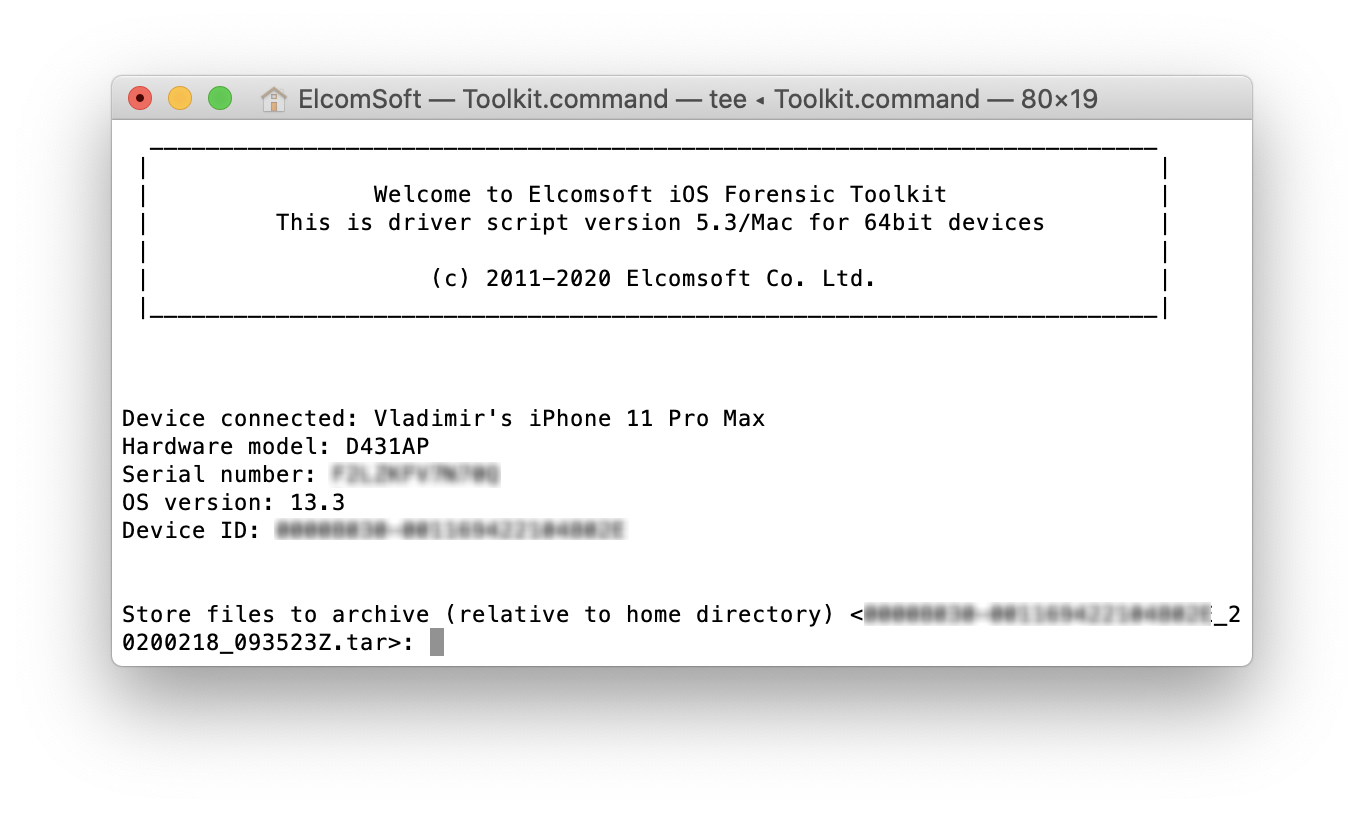Elcomsoft iOS Forensic Toolkit can perform full file system acquisition and decrypt the keychain from non-jailbroken iPhone and iPad devices. The caveat: the device must be running iOS 11 or 12 (except iOS 12.3, 12.3.1 and 12.4.1), and you must use an Apple ID registered in Apple’s Developer Program. In this article, I’ll explain the pros and contras of the new extraction method compared to traditional acquisition based on the jailbreak.
Why jailbreak?
Before I start talking about the new extraction method that does not require a jailbreak, let me cover the jailbreak first. In many cases, jailbreaking the device is the only way to obtain the file system and decrypt the keychain from iOS devices. Jailbreaking the device provides the required low-level access to the files and security keys inside the device, which is what we need to perform the extraction.
Jailbreaks have their negative points; lots of them in fact. Jailbreaking may be dangerous if not done properly. Jailbreaking the device can modify the file system (especially if you don’t pay close attention during the installation). A jailbreak installs lots of unnecessary stuff, which will be difficult to remove once you are done with extraction. Finally, jailbreaks are obtained from third-party sources; obtaining a jailbreak from the wrong source may expose the device to malware. For these and other reasons, jailbreaking may not be an option for some experts.
This is exactly what the new acquisition method is designed to overcome.
Agent-based extraction
The new extraction method is based on direct access to the file system, and does not require jailbreaking the device. Using agent-based extraction, you can can perform the full file system extraction and decrypt the keychain without the risks and footprint associated with third-party jailbreaks.
Agent-based extraction is new. In previous versions, iOS Forensic Toolkit offered the choice of advanced logical extraction (all devices) and full file system extraction with keychain decryption (jailbroken devices only). The second acquisition method required installing a jailbreak.
EIFT 5.30 introduced the third extraction method based on direct access to the file system. The new acquisition method utilizes an extraction agent we developed in-house. Once installed, the agent will talk to your computer, delivering significantly better speed and reliability compared to jailbreak-based extraction. In addition, agent-based extraction is completely safe as it neither modifies the system partition nor remounts the file system while performing automatic on-the-fly hashing of information being extracted. Agent-based extraction does not make any changes to user data, offering forensically sound extraction. Both the file system image and all keychain records are extracted and decrypted. Once you are done, you can remove the agent with a single command.
Compatibility of agent-based extraction
Jailbreak-free extraction is only available for a limited range of iOS devices. Supported devices range from the iPhone 5s all the way up to the iPhone Xr, Xs and Xs Max if they run any version of iOS from iOS 11 through iOS 12.4 (except iOS 12.3 and 12.3.1). Apple iPad devices running on the corresponding SoC are also supported.
Pre requisites
Before you begin, you must have an Apple ID enrolled in Apple’s Developer Program in order to install the agent onto the iOS device being acquired. The Apple ID connected to that account must have two-factor authentication enabled. In addition, you will need to set up an Application-specific password in your Apple account, and use that app-specific password instead of the regular Apple ID password during the Agent installation.
Important: you can use your Developer Account for up to 100 devices of every type (e.g. 100 iPhones and 100 iPads). You can remove previously enrolled devices to make room for additional devices.
Using agent-based extraction
Once you have your Apple ID enrolled in Apple’s Developer Program, and have an app-specific password created, you can start with the agent.
- Connect the iOS device being acquired to your computer. Approve pairing request (you may have to enter the passcode on the device to do that).
- Launch Elcomsoft iOS Forensic Toolkit 5.30 or newer. The main menu will appear.

- We strongly recommend performing logical acquisition first (by creating the backup, extracting media files etc.)
- For agent-based extraction, you’ll be using numeric commands.
- Install the agent by using the ‘1’ (Install agent) command. You will have to enter your credentials (Apple ID and the app-specific password you’ve generated). Then type the ‘Team ID’ related to your developer account. Note that a non-developer Apple ID account is not sufficient to install the Agent. After the installation, start the Agent on the device and go back to the desktop to continue.
- Acquisition steps are similar to jailbreak-based acquisition, except that there is no need to use the ‘D’ (Disable lock) command. Leave the Agent (the iOS app) working in the foreground.
- Obtain the keychain by entering the ‘2’ command. A copy of the keychain will be saved.


- Extract the file system with the ‘3’ command. A file system image in the TAR format will be created.


- After you have finished the extraction, use the ‘4’ command to remove the agent from the device.
To analyse the file system image, use Elcomsoft Phone Viewer or an alternative forensic tool that supports .tar images. For analysing the keychain, use Elcomsoft Phone Breaker. For manual analysis, mount or unpack the image (we recommend using a UNIX or macOS system).
Conclusion
If you have unprocessed Apple devices with iOS 11 – 12.2 or 12.4, and if you cannot jailbreak for one or another reason, give the new extraction mode a try. iOS Forensic Toolkit 5.30 can pull the file system and decrypt the keychain, leaves no apparent traces, does not remount and does not modify the file system while offering safe, fast and reliable extraction.
Post a Comment